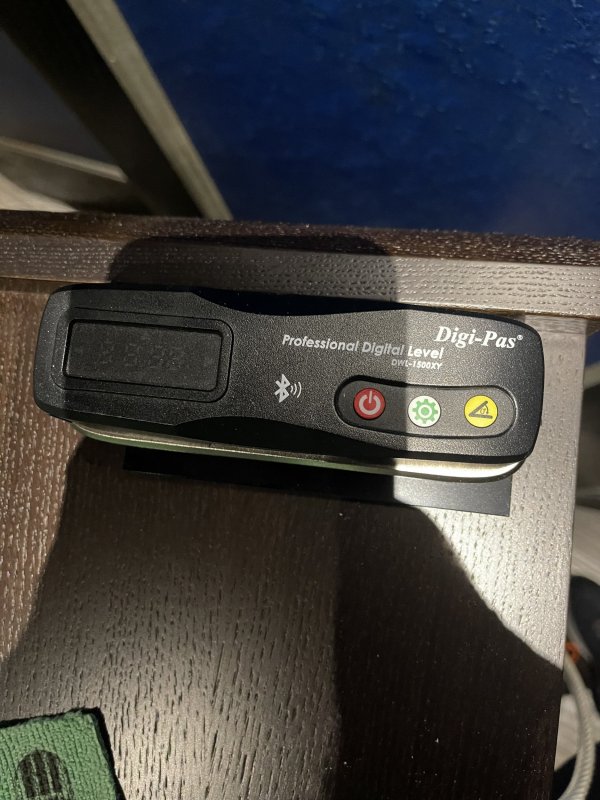Hey bud! I'll get there. The current room is on carpet over a joist suspended floor, the spikes are dulled at the points, so this is as close as I can get
right now.
The new room will be on a concrete slab and the spikes will be ultra sharp (
sharp enough to prick and draw blood easily) and also on pucks. No carpet. Should make it much easier to get tighter tolerances. Here's what I use to dial everything in;
View attachment 117306
It took me about 6 hours of getting the speakers exactly where they need to be, adjust toe in for a perfect blend of tonal balance, a wide sound stage width - without losing the phantom center image(
s). I'll keep checking every three or so hours to see if anything has shifted (
especially after giving the rig a good workout with demanding loads) but after all that work? It was SO worth it to the end result as to what hits my ears now.
That Digi-Pas really helps out with 6 and a half foot tall speakers. No more up and down, up and down. Just set the unit on top of the speaker, set my phone down on the floor and dial in. Then check all of the other parameters to make sure they are still within tolerance. One adjustment can knock out one or more parameters, so this has to be done again and again until all of the parameters are correct.
But when you are done? Bliss. Pure, unadulterated musical bliss.
Tom
















